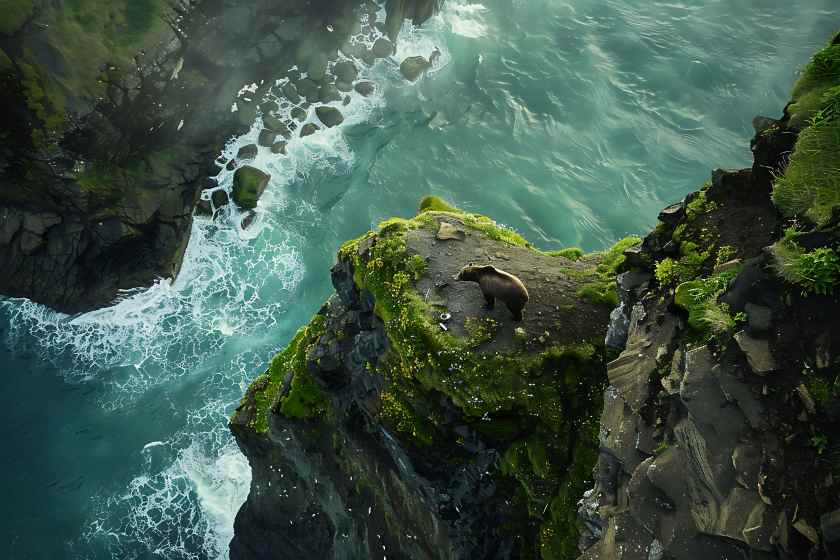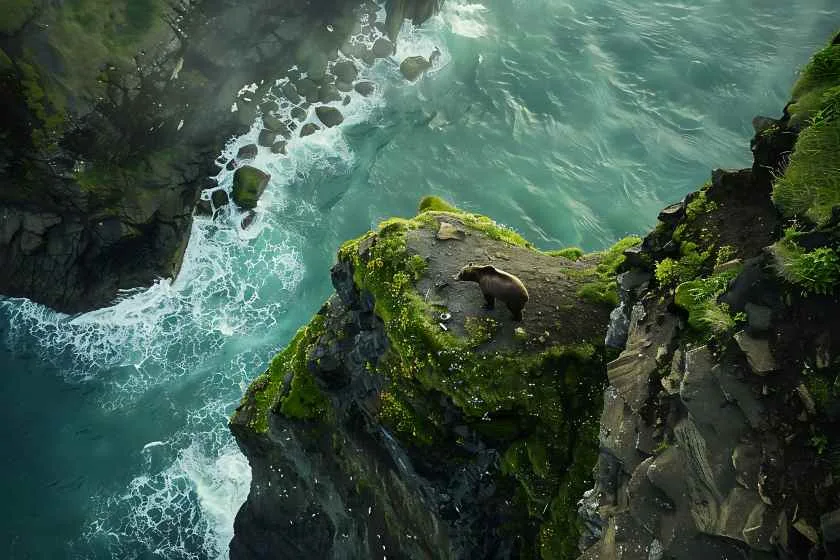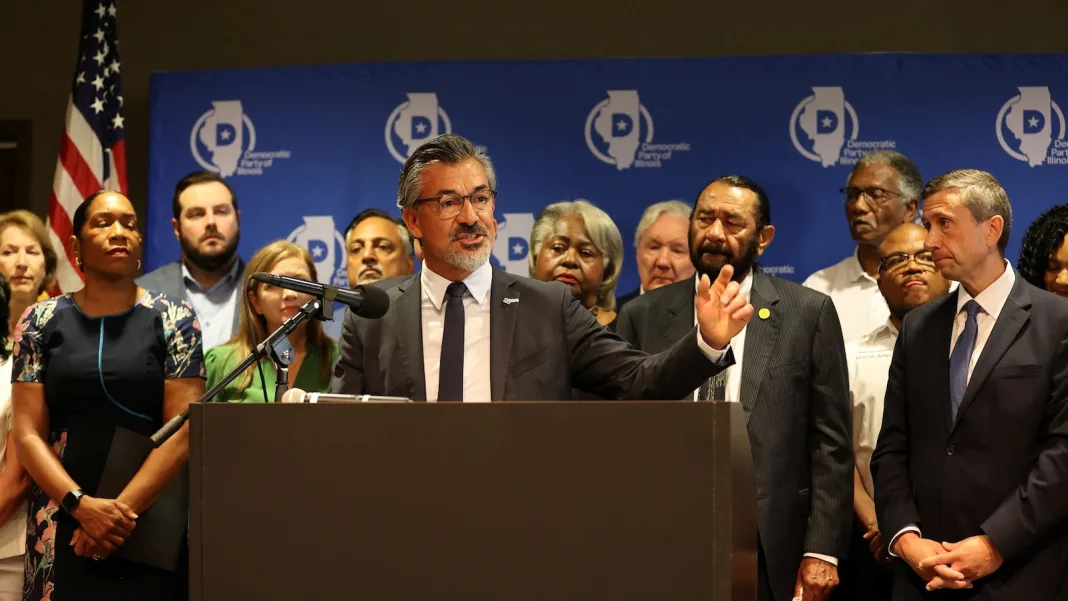Wednesday, August 6, 2025

New Zealand just announced a new entry fee for foreign tourists visiting four of its must-see natural wonders. The fee will cost between NZD 20 (about ₹1,035) and NZD 40 (around ₹2,070) and will help the country pay for conservation and upgrade its tourism services. Prime Minister Christopher Luxon and Conservation Minister Tama Potaka said the new charge will start by 2027.
The move aims to keep New Zealand’s booming tourism sector strong while also protecting its stunning scenery. Visitors will pay the fee to access Milford Sound, Fiordland National Park, the Tongariro Alpine Crossing, and one more celebrated site. The government expects the fees to bring in NZD 62 million a year. That money will go straight back into environmental projects and better facilities for travelers in these beautiful areas.
A Step Towards Sustainable Tourism
New Zealand is famous for its breathtaking scenery, like the dramatic fjords in Milford Sound and the bubbling geysers in Rotorua. Every year, millions travel here for the views and adventures. Tourism is important for the economy, but more people mean more pressure on the land, water, and roads. To help ease this pressure, the government is now asking overseas visitors to pay a small entry fee. This money will go straight to protecting and improving the parks, lakes, and other natural treasures, making sure they stay amazing for the visitors of tomorrow.
Conservation Minister Tama Potaka has pointed out how important it is for visitors to help protect New Zealand’s most beloved spots.
These new fees will only affect foreign tourists; New Zealanders and citizens will not pay the extra charge. This move follows a rising trend in travel where overseas visitors pay more than locals to enter popular sites.
Sites that Will Charge a Fee
The new fees will touch some of New Zealand’s most famous natural wonders, including:
Milford Sound—Famed for its awe-inspiring fjords, thundering waterfalls, and diverse wildlife, Milford Sound is often called one of the most beautiful places on the planet. Each year, it draws thousands of overseas visitors keen to soak in its unmatched natural scenery.
Fiordland National Park—This UNESCO World Heritage site is one of New Zealand’s wildest and most untouched areas. You can find magnificent places like Doubtful Sound and the Routeburn Track, which appeal to hikers and anyone who wants to soak up unspoiled nature.
Tongariro Alpine Crossing—Known worldwide, this hiking trail carries you across the dramatic volcanic scenery of the North Island. The stunning views and unique landforms make this trek one of the country’s most-loved outdoor adventures.
Rotorua—Known for its bubbling geysers, steamy hot springs, and colourful mud pools, Rotorua lets you discover New Zealand’s geothermal magic up close and personal.
The fees you pay to visit these places support real conservation efforts. The money helps restore native plants, keeps walking paths safe, and upgrades visitor centres and toilets. In short, every dollar stays busy preserving the scenery you travelled so far to enjoy.
Revenue Generation for Conservation and Infrastructure
New Zealand’s government plans to raise NZD 62 million a year from new visitor fees. This money will go right back into improving tourism facilities and supporting conservation work. The government promises to use these funds to relieve pressure on local ecosystems, upgrade visitor amenities, and keep the country’s busiest destinations healthy and beautiful for future generations.
Tourism is a key part of New Zealand’s economy, so it’s crucial that the sector helps protect the very landscapes that draw visitors here. By adopting these fees, New Zealand is showing that it’s possible to keep tourism booming while safeguarding the mountains, beaches, and forests that travelers come to love.
Global Trends in Tourism Fees
New Zealand is joining a worldwide movement by asking foreign travelers to pay to enter national parks and other natural attractions. The idea is to limit overcrowding and create a steady stream of money for conservation work. Similar programs have already found success in Bhutan, parts of Australia, and Japan, where the focus is on balancing visitor numbers with the care that fragile environments need.
In Bhutan, visitors must pay a daily fee because the country promotes “high-value, low-impact” tourism. This system keeps travel sustainable while also funding conservation and helping local communities. Australia does something similar by charging fees for entry into national parks and special sites, including the Great Barrier Reef. The money goes straight to conservation work.
New Zealand plans to start charging fees, too. The idea is to create funds for protecting nature while controlling how many people visit the country’s most popular sights.
Who Pays and When
Only foreign visitors will pay the new fees. New Zealand residents and citizens will not be charged. Travelers will pay the fees online before their trip, securing entry to the sites that will be affected. The government says the system will roll out slowly, with fees starting in 2027.
The government has talked with tour operators and local businesses about the new entry fee plan to make sure the change is easy and that it doesn’t hurt the tourism sector. They have promised to spend the money from these fees on improving visitor services. This way, adding the fees won’t reduce the quality of travel in New Zealand.
Conclusion
New Zealand’s choice to charge entry fees to overseas visitors at places like Milford Sound, Fiordland, and Rotorua is an important move toward responsible tourism and the protection of the country’s natural beauty. The income from these fees will go straight to conservation programs and upgrades to parks and facilities, helping to keep the attractions that draw millions of visitors each year in great shape.
With these fees, New Zealand is in line with many other countries that are working to balance the money that tourism earns with the need to care for the environment. As travel stays an important part of New Zealand’s economy, these actions will help keep the country’s stunning landscapes open for visitors today and for generations to come.







